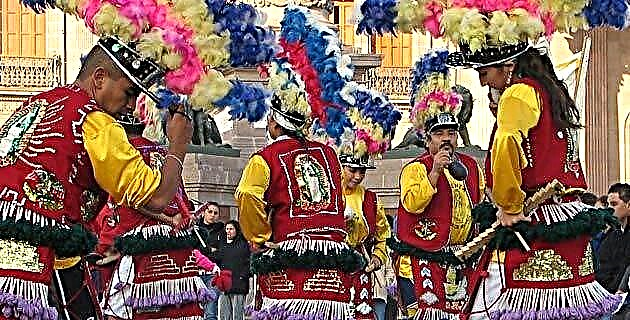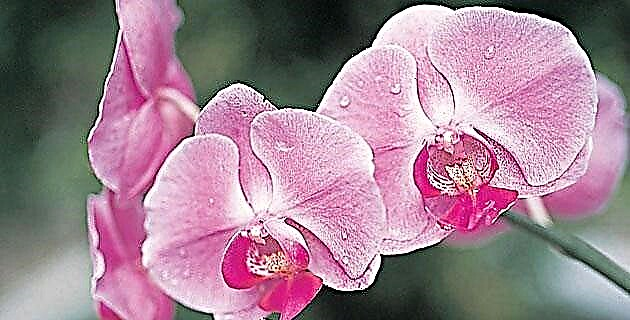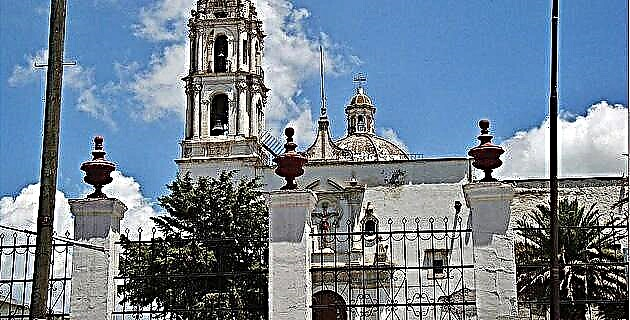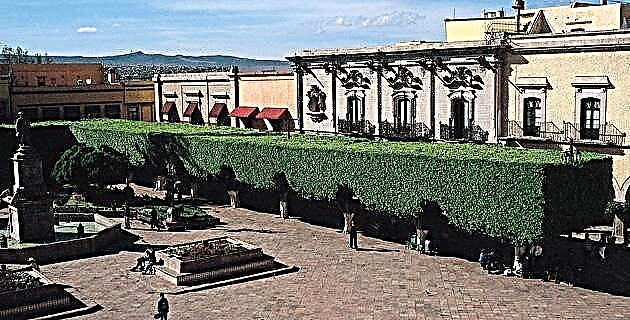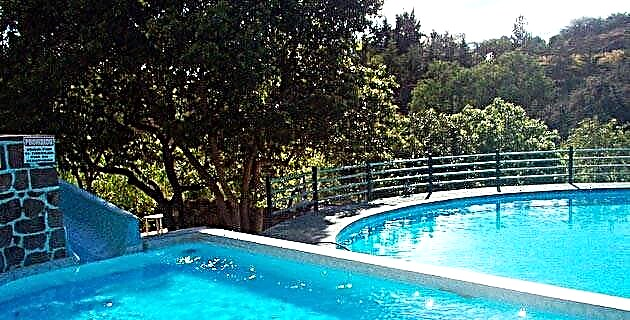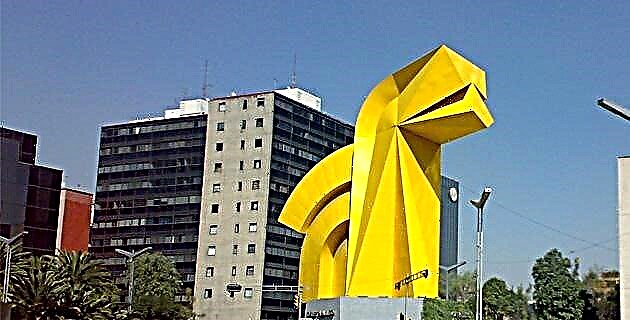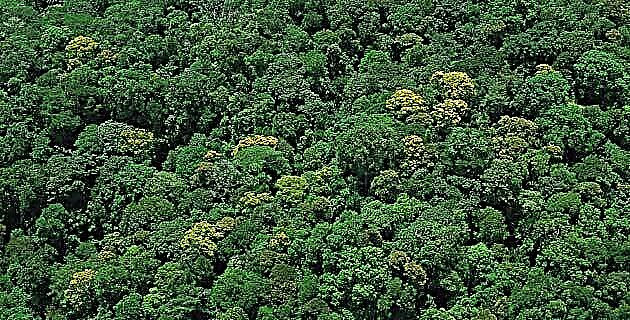
We take you on a tour of the Soconusco region, in Chiapas, to learn more about the flora that hides the jungle of this region.
Southeastern Mexico, the Soconusco region in Chiapas it is one of the most recently integrated into the country. In the first five years of the 20th century, the railroad arrived in Tapachula, but there was no road communication until 1960. Perhaps this is the main reason why Soconusco still has its own characteristics and for which fortunately there are still some jungle demarcations.
In the 1950s, the cotton cultivation, and with it true armies of workers who uprooted hundreds of thousands of trees in the lowlands, thus suffering deforestation. Hundreds of hectares of jungle disappeared from one day to the next. The upper part of the Soconusco has still maintained its lush vegetation thanks to the fact that the main crop is coffee, which requires the shade of other shrubs for its production; This has partly influenced so that the mountains have not lost that dark blue color that, seen in the distance, produces the vegetation.
This great jungle, like others in Veracruz, Tabasco, Guerrero and part of Oaxaca, are unique in the world and we must preserve them at any cost. Six months a year have heavy rain; however, the last two years have seen some changes. The first downpours of 1987, which in other years began at the beginning of May, did so until the first days of June and, contrary to what many people expected, the waters rose around October 15, reducing with it by little more than one month the rainy season.
For its part, September 1988 was very rainy, like few in the past; Hurricanes Christy and Gilberto, which they overflowed the flow of all the rivers, streams and ditches of the Soconuscor they brought a greater volume of water to the region, but even so, the rains of '88 said goodbye before the end of October.
Despite everything, the moisture remains substantially in the area, which allows a wide variety of plant species to develop. The Soconusco - about 60 km wide by more than 100 long - is a tight area between the sea and the mountains where the maximum height is reached in Tacaná at 4,150 m above sea level. Much is covered by large coffee plantations (one of the best in the world), since the height of this region - between 1,200 and 400 m above sea level - is ideal for the shrub. Further down towards the sea, there are cocoa, mango, soy, banana, etc. The Pacific Ocean bathes the coast of Soconusquense where the main city, Tapachula, known as "The pearl of Soconusco".
The jungle girón where I took the photographs is located at an approximate height of 400 m, towards the northwest of Tapachula. We chose the margins of Nexapa river; further down, we enter the depths of the humid tropical forest. The images correspond to wild plants and flowers that the abrupt impulse for life in the area, obeying its own impulses, has produced in the most spontaneous way. When looking for specific specimens that stand out for their beauty or color, we first come across the "palo jiote" (Bursera-simarula of the burserácea family), a reddish tree whose bark is characterized by always having its films partially detached already about to be blown away by the wind. Is a gigantic tree that raises its red stems to the sky, which give a special touch to the landscape.
There in the hollow, as in a great crater, the bijagua (Calathea-discolor) whose beautifully colored flowers have nothing to envy the best cultivated specimen. The plants, about a meter high, join each other with their large leaves as if to gain ground and not allow other intruders to enter. Walking in the intense sunlight through a clearing in the jungle, we spotted up there a characteristic vine that boasts a strange white flower. We make efforts to reach the coveted plant, and since we cannot lower it, we settle for reaching it with our camera. It is a large flower formed by elongated extensions that protrude from a stem and fall downwards. Some fungi at the foot of the remains of what was a tree attract our attention; over there, another peculiar tree, protected with pointed and threatening thorns, challenges us to get closer. It is elishcanal (Acacia-hinsü), which, aided by some ants that only inhabit this plant, protects itself.
We go down a path and we go into the thickest of the jungle, little by little we descend and we see on our left a wooded precipice of about 60 m that has the waters of the Nexapa River as its bottom.
There are trees of all sizes and lianas everywhere. The dense vegetation casts a dark shadow even though the sun is at its zenith. Suddenly, my partner tells me to be careful when walking; the nettle -which is known here as chichicaste-, throws its threatening leaves on the path and we must take its precautions. We are slowly approaching the probably most aggressive plant in this jungle. The nettle (Gronoaia-scandens)Taking advantage of the humidity of the Nexapa, it is a beautiful and seductive violet colored plant that hides in its leaves the poison that makes the most painful blisters appear on the skin. Avoiding the chichicaste, we continue along the same semi-dark path and enter an area dominated by the caulote (Guazuma-ulmifolia) that abounds there, until fully reaching the river.
The Nepaxa runs fast, forming bubbles of foamy and very white water. It is still a clean stream that crosses, like others, one of our most precious and non-renewable treasures: the beautiful humid jungle.
THE TAPALCÚA, WORM OR SNAKE?
Most of the people who know her say that she is a snake called tapalcúa, but I think that it is rather a worm, properly an annelid, and if so, it would be the most gigantic earthworm that exists today.
I have tried to find its correct scientific classification but so far I have not managed to locate anything. Sometimes I think it is a oligochaete or opisthopore, but always within the broad family of annelids. In fact, its characteristics are those of a worm since its mouth is not at all like that of snakes and also, like the former, it moves forward very slowly although from time to time it tries to do it backwards; in addition, it has a predilection for humidity.
Almost all snakes can live in a dry environment; With the exception of aquatic species, snakes spend most of their lives away from rivers and wet beds. The tapalcúa, on the contrary, makes humidity its environment conducive to survival. Throughout their phylogenetic evolution, the tapalcúas have adapted perfectly to the humidity cycles and this is the case of the Soconusco in Chiapas.
The Soconusco area, characterized by a high level of rainfall and, in addition, crossed by multiple rivers and streams, constitutes the suitable medium. Probably other states of the Republic, such as Veracruz, Gruerrero and part of Oaxaca are regions that, due to their humidity, harbor tapalcúas, but as far as I know they only exist in the Chiapas Soconusco.
During the rainy months, when hurricanes strike, and it rains for two or three days in a row, the tapalcúa are encouraged to surface, so it is not uncommon to see them crawl slowly, especially in rural areas, and get a scare when mistaking them for snakes.
Although they are probably hermaphrodites, there are many doubts about the tapalcúa, but I can't help wondering where do they take refuge during the dry months that go from November to April? They probably look for the more humid beds in advance and soak until they find enough moisture to get through the winter. If one wants to deal with a tapalcúa during the dry months, the best thing to do is go to the vicinity of a river or stream and dig underground. As you dig, you find more moisture and muddy soil; Suddenly, a large dark-colored tapalcúa can slide around. During those months it will surely feed on smaller worms that, for their own reasons, take refuge in the humidity of rivers and streams. How many tapalcúas will die in their transit from the beds where they arrive in times of rain and the places where they are during the dry season, on the banks of rivers or streams?
AND YOUR TRUE NAME?
In the Soconusco area it is known as tapalcúa, tlapalcúa and tepolcúa, but what is its real name? I support the hypothesis that the word tapalcúa is formed from the voice aztecatlalli which means land, and decóatlculebra or serpent. Thus, the original voice would be tlapalcóatlque It would be equivalent to a land snake or a land snake. Like a true worm, the tapalcúa burrows into the earth and disappears through the smallest holes in seconds. Once, we took a specimen and put it in a jar, after a few minutes it began to release a soapy liquid that facilitates its movement through the earth, as long as it is wet.
Actually, the tapalcúa has many characteristics of snakes, mainly because of its size, since the most developed specimens come to measure about half a meter long and up to 4 cm in diameter. However, it is not a snake, but a gigantic earthworm that could very well be called the queen and sovereign of the worms.
A LEGEND ABOUT TAPALCÚA
They say in the region that the tapalcúa can enter the digestive system through the rectum, when the animal emerges to the surface. It is also said that the only way for a person to throw the tapalcúa is to seat it as quickly as possible in a container with milk; the animal, upon sensing the presence of dairy, leaves immediately. But at the end of the day the tapalcúa is a harmless annelid, and although it causes fear to the one who faces it, it is incapable of doing the least harm to man.

